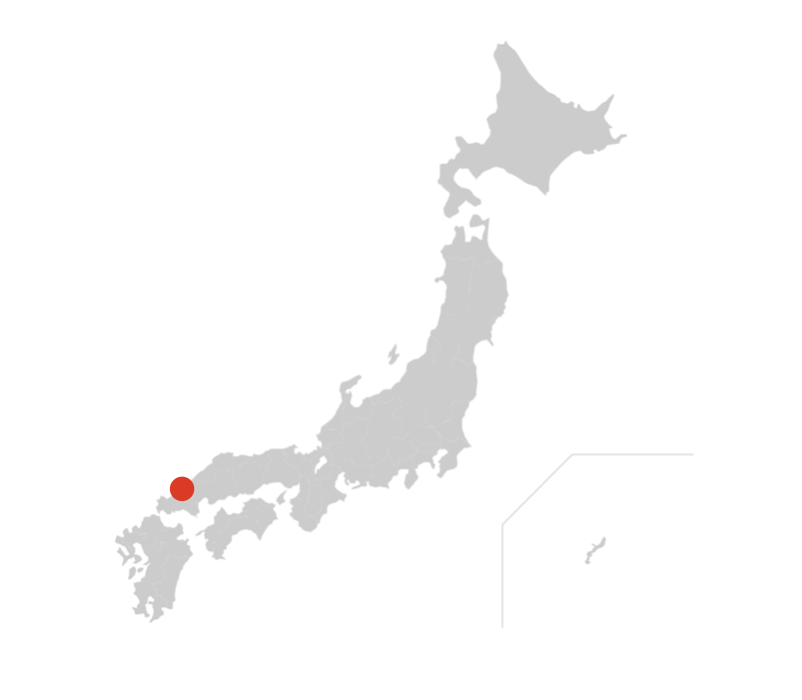窯元 : 波多野指月窯
産地 : 萩焼(山口県 萩市)
住所 : 〒758-0057山口県萩市 大字堀内2区247−8
萩市、世界遺産 堀内地区に位置する「波多野指月窯」。波多野善蔵と英生の親子二代が萩焼作家として活躍する窯元です。萩焼は、慶長9年(1604年)、広島から萩に移封された萩藩初代藩主毛利輝元の命により、朝鮮人陶工「李勺光(山村家)」「李敬(坂家)」の兄弟が松本村中の倉に開窯したことが始まりといわれています。喧噪の町とは引き戸一枚を隔てただけで、まるで別世界。工房と隣接する店内には、ほのかにお香の香りが漂い、静寂の時間を満喫することができます。華美に飾らない店内には父、波多野 善蔵と息子、波多野 英生の作品を、さながら小さな美術館のように展示されています。萩焼ならではの素朴さと、飾らない佇まいは、作り手の人柄をよく表しています。萩焼の奥深さ、優しい風合いを見つけるためぜひ手にとってみてください。
“Hagi-ware” is a form of pottery produced mainly in the town of Hagi in Yamaguchi prefecture.
Hadanosigetsu Gama is the one of the famous kilns for Hagi-ware, run by Zenzo and Hideo Hadano. Their atlier aways from the hustle and bustle of the city and maintain the comfortable air with silence as well as a scent of Japanese incense. They display their Hagi-ware items just like a small museum at their shop and their ware shows a beauty of simpleness refecting their fascinating personality.
Hagi-ware is rarely decorated, remaining as simple as possible in order to make the best use of its clay. One of Hagi-ware’s most important features and what makes it unique is its use of raw materials in an uncomplicated way that maintains its original texture. This simplicity and use of raw materials is why there are no two similar Hagi-ware items.
The individuality of this porcelain is produced by deep cracks in the clay expanding and contracting the enamel. This results in variations and color changes on the pottery’s surface called “”the seven disguises”” (nanabake). Hagi-ware also changes color during its firing, bringing it an unpredictable final touch.
Hagi-ware uses a paste made of three different clays (daidou, mishima and mitake) which are all extracted from different places. The clay obtained by mixing them together has a nice texture with excellent heat retention, making it a great choice for tea utensils.
A renowned aspect of Hagi-ware is the ‘seven disguises’ of Hagi-ware. With prolonged use, tea residues seep into the crazing of the glaze, eventually altering the color of the Hagi-ware. This delicate process is thought to improve the charm of the piece.






